The Next 10 Countries: The World's Most Likely New Nations
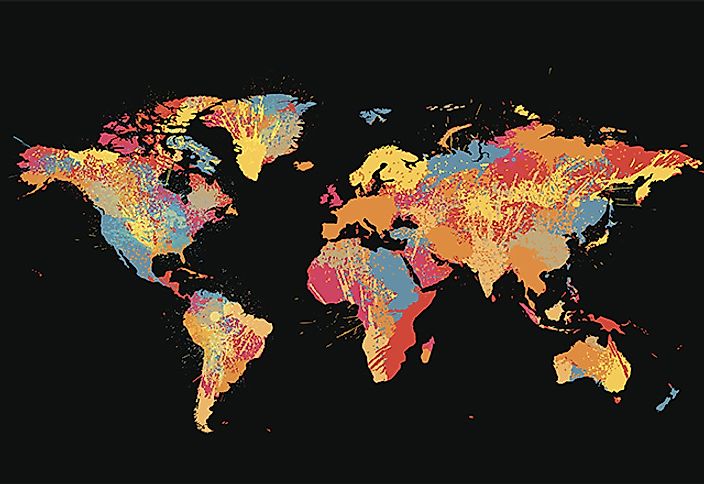
- In the coming years, we may see some of the nations-in-waiting move from the farm leagues to the big time, and hopefully with less loss of life than we’ve seen in the past.
- Transnistria has operated as an unrecognized state within Moldova with tacit Russian support, and has become an infamous hub for arms and human trafficking sometimes dubbed a ‘Mafia state’.
- The major argument against recognizing Somaliland for many in the international community has been that recognition of an independent Somaliland would further devastate Somalia’s efforts at organizing a functioning state.
Looking for a quiet, never changing job? In recent history, barring tectonic shifts in global politics, internationally recognized states rarely come into (or out of) existence and therefore the world map has stayed relatively unchanged. While cartography is seemingly the most consistent (read: boring) occupation as of late, maps aren't always that quiet.
The two World Wars, decolonization, and the fall of the Soviet Union are examples of events that have altered world politics, and at the time, kept cartographers scrambling to keep up with ever-shifting borders. We appear to be witnessing two similarly important (though smaller scaled) phenomena – the localization of Europe, and the ‘unthawing’ of states frozen in the aftermath of the dissolution of the U.S.S.R.
With the expansion of the European Union and the maturation of its institutions, nations within member states that have held on to historic ties with their parent states are finding incentives to seek autonomy. These rewards include retention of economic and political benefits of E.U. membership, while attaining greater sovereignty and, consequently, more control on internal affairs such as taxes, education, and localized government.
Post-Soviet frozen states have operated in a de-facto pariah status since the early 1990s, making little headway toward international recognition, receiving only tacit support from Russia. However the declaration of independence of Kosovo from Serbia in 2008 caused an abrupt change in Russian foreign policy, serving as pretext for war in Georgia the same year, and for the annexation of Crimea in 2014, and the continued Russian support of the rebellion in Ukraine presently. Russia’s endgame remains unclear but looks to potentially result in the ascension of several newly independent states to the world stage.
Some independence struggles such as those in Tibet and Palestine have achieved constant worldwide recognition and media support, yet difficult political circumstances have rendered them ineffective in their goals, decade after decade. However, less geopolitically significant independence struggles have come to fruition, as we have seen in the past decades with Timor Leste and South Sudan.
In the coming years, we may see some of these nations-in-waiting move from the farm leagues to the big time, and hopefully with less loss of life than we’ve seen in the past.
Catalonia
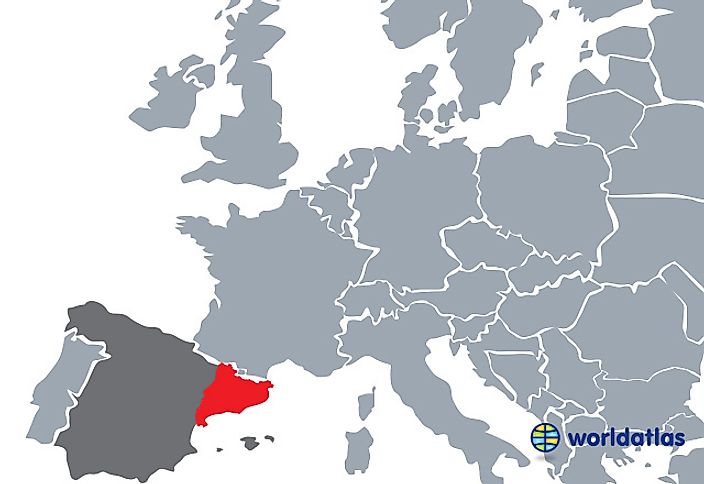
Catalonia is a region of Spain located on the northeast coast of the Mediterranean Sea bordering France and Andorra. It was the first region of what is now Spain to come under Roman rule, and has enjoyed varying degrees of autonomy under successive rulers since the Middle Ages. Under four decades of the Franco dictatorship in the 20th century, the Spanish government suppressed Catalan language and culture. During this period, Catalan language media, along with regional holidays, were outlawed all together.
Since Spain’s transition to democracy in the 1970s-80s, national efforts have been in place to revitalize Catalan culture including the requirement of all primary education in the region to be delivered in Catalan. A 2010 law to promote Catalan culture required all movie theaters to show at least 50% of movies in Catalan, however, it was subsequently annulled by the European Commission two years later,
The Catalan independence movement has been concurrent with Catalan cultural revitalization efforts. Catalan nationalists have held the majority in Catalan Parliament or have been part of a ruling coalition since 1980. Since 2009, several local non-binding referendums on independence have been held in Catalonia. In November of last year, Catalans held the most recent of these referendums, with more than 80% of voters choosing independence. The Spanish government has deemed these referendums illegal and do not officially recognize the results.
Flemish Republic
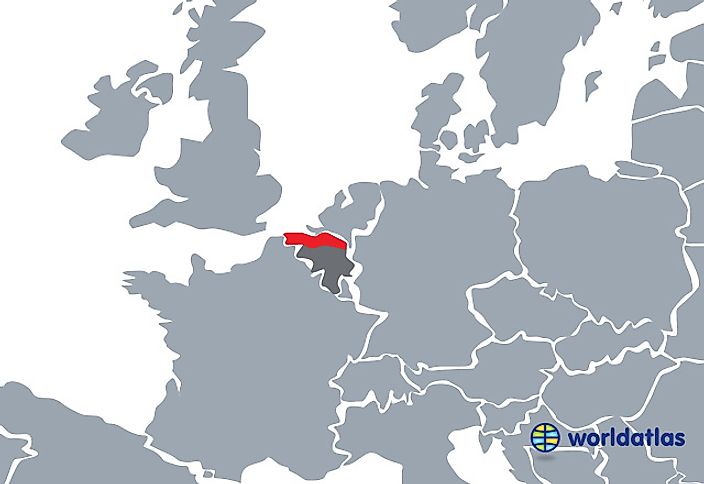
The Flemish independence movement traces its roots to the 18th century when Flanders was ruled by Austria as part of the Southern Netherlands. Flanders was absorbed into independent Belgium in the early 19th century but it was not until 2014, when the New Flemish Alliance became the largest party in Belgium’s ruling coalition, that a Flemish separatist party has controlled Belgian government.
Modern day Belgium is comprised of three administrative Regions; Dutch-speaking majority Flanders in the north, and French-speaking majority Wallonia in the south, and the Brussels-Capital Region which encompasses Brussels. Dutch speakers comprise the majority of Belgium’s overall population and the Flanders Region - home of the Flemish independence movement - is home to the cities of Antwerp, Bruges, and Ghent, with Brussels located within the Flemish Community but enclaved in an administratively separate Region.
Flanders not only differs linguistically and culturally from Wallonia but also tends toward political conservatism while the south is more liberal and socialist. These factors, along with cultural pride and patriotism, have propelled the Flemish independence movement into mainstream discussion.
Veneto
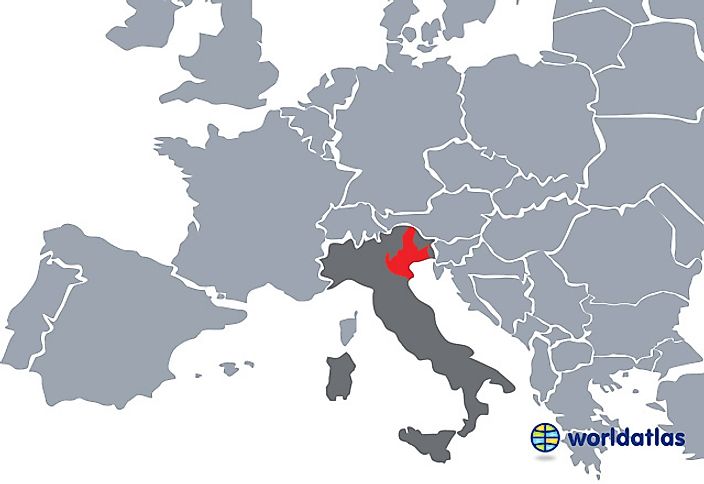
Some in Venice envision the city becoming a ‘European Singapore’, an efficient economic engine of political stability independent of the wasteful bureaucratic mess that surrounds them in Italy. They claim that poor governance, corruption, even organized crime in the south has burdened the Veneto region and that Venetians are no longer willing to foot the bill for Rome’s ineptitude. There is historical precedence for a Venetian state, as Venice served as a successfully independent state for 1,100 years until the 18th century when it was annexed by Austria and subsequently to Italy sixty years later.
Venetians have petitioned the EU to hold a sanctioned referendum on Veneto independence but have made little headway. Independent efforts toward Veneto independence have continued unabated. Most recently, citizens of Venice and its surrounding region voted in April of 2014 in an online referendum on independence with an overwhelming 89% in favor of seceding from Italy. This plebiscite garnered no formal recognition and efforts continue into 2015 with a signature drive for Veneto led by the same organization that put on the online referendum
Scotland
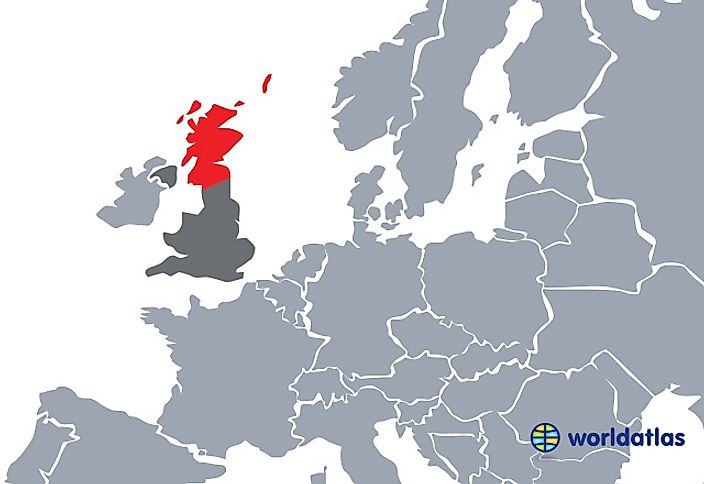
Scotland operated as an independent kingdom from the Early Middle Ages (famously fending off invading forces multiple times, see “Braveheart”) until the 17th Century when its monarch, James VI, was named King of England, unifying the crowns of the two nations. A century later, Scotland entered into a formal union with England forming Great Britain.
A peaceful Scottish “home rule” debate began shortly after the remaining armed resistance to the union was squashed. This debate continued through the end of the 20th century when a referendum on “devolving” the relationship between Scotland and the UK prevailed. This allowed Scotland to reconvene its parliament for the first time in nearly 300 years and to control all “non-reserved” matters from Scotland, including local government, education, health, and agriculture.
Instead of placating the Scots, devolution has spurred calls for full Scottish independence from Great Britain. Scotland held a fully sanctioned independence referendum in September of 2014 with the no vote winning the day with 55% of the vote, but independence being the preference of the city of Glasgow. Although the measure was defeated, the independence movement has not receded with the First Minister of Scotland publicly stating in April 2015 that she cannot to rule out another independence referendum during the next parliament.
Abkhazia
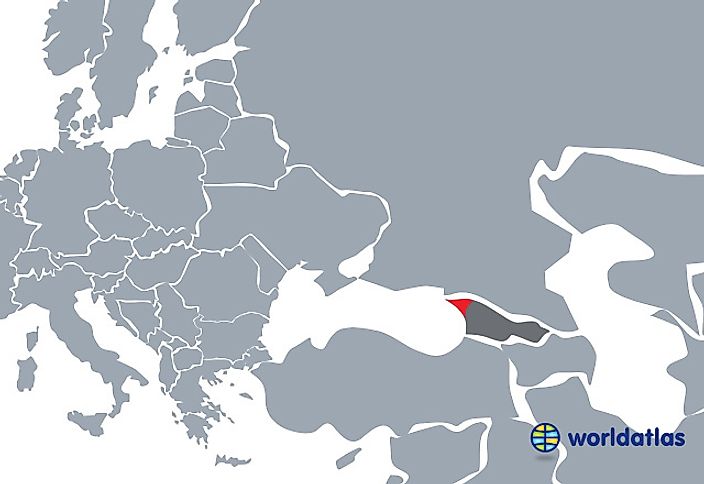
The region known as Abkhazia has been disputed for centuries. Control over Abkhazia passed from the Roman Empire, to the Ottomans, to the Russians; with ethnic Abkhaz and Georgians losing and regaining control over the area multiple times. During Soviet rule, Abkhazia was given a degree of self-rule, with it being named an autonomous republic within the Georgian S.S.R.
After the breakup of the Soviet Union, Abkhazia attempted to separate from the newly independent Georgia, resulting in a year-long military conflict and the defeat of the Georgian army. Thousands of ethnic Georgians were killed, and hundreds of thousands were forcibly removed from Abkhazia in what was termed by many an ethnic cleansing. The conflict left Abkhazia a de facto state without international recognition until the Russian-Georgian conflict of 2008, after which Russia formally recognized Abkhazia. This was followed by formal recognition of Abkhazia from Nicaragua, Venezuela, Nauru, and Vanuatu (Tuvalu recognized Abkhazia in 2011 but retracted its recognition in 2014). In 2014 Abkhazia signed an agreement with Russia integrating its military with Russian forces, which many see as either a step toward Russian support or as in Crimea, a step toward annexation.
South Ossetia
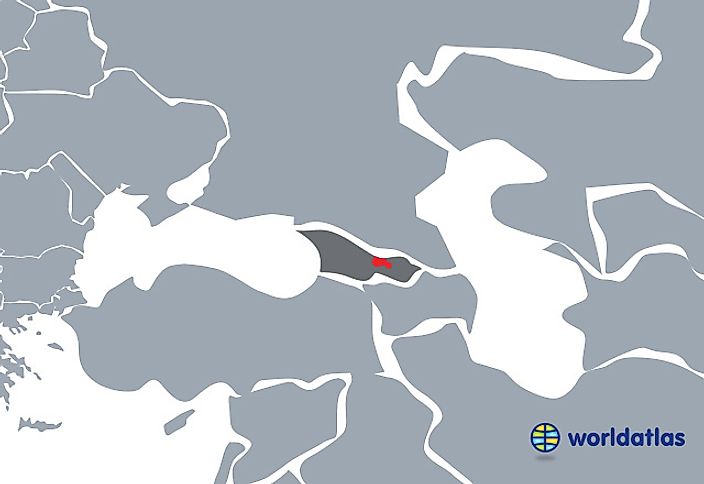
Like Abkhazia, South Ossetia became part of the independent Georgian state after the breakup of the Soviet Union. And like in Abkhazia, South Ossetians engaged in a military conflict with Georgian forces. Unlike in Abkhazia, Georgia was able to retain control over most of South Ossetia, forcing tens of thousands of Ossetians to flee north to Russia. The conflict ended with the establishment of a joint peacekeeping force made up of Georgians, Ossetians, and Russians, yet the region remained under Georgian authority.
The conflict flared up again after the Rose Revolution in Georgia, most notably as the catalyst of the Russian-Georgian conflict of 2008. During this conflict, the primarily Russian forces drove the Georgian military out of the region. This was followed by formal recognition of South Ossetian independence by Russia, and subsequently by the same nations that recognized Abkhazia. Earlier this year South Ossetia signed an integration agreement with Russia similar to the one Abkhazia signed in 2014.
Transnistria
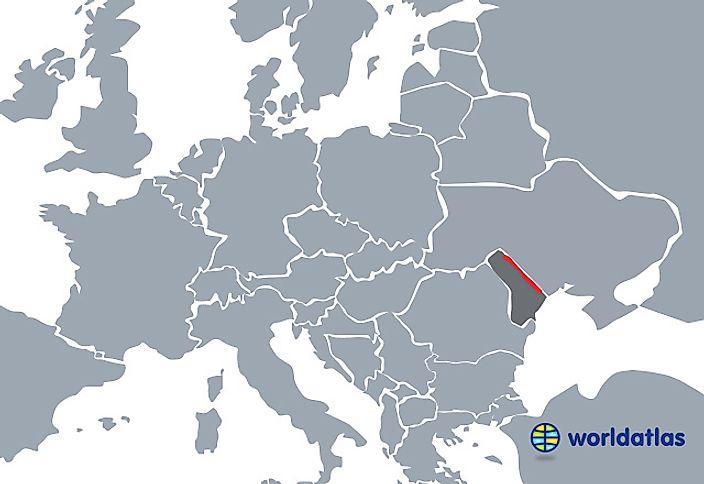
Transnistria occupies a sliver of territory between the Dniester River in Moldova and the Ukrainian border. During the liberalization period of the Soviet Union, known as glasnost, the Moldovan S.S.R. adopted Moldovan as its official language. In the Transnistrian region of Moldova, ethnic Moldovans only comprised 40% of the population, with ethnic Russians and Ukrainians forming the Majority. A pro-Russian resistance formed, declaring an independent Transnistrian S.S.R. in 1990.
After the Soviet Union fell in 1992, a brief war broke out over control of Transnistria, with Russian backed Transnistrian forces able to hold de facto control over the region from Moldova. Since then, Transnistria has operated as an unrecognized state within Moldova with tacit Russian support, and has become an infamous hub for arms and human trafficking sometimes dubbed a ‘Mafia state’. Following the Russian annexation of Crimea, Transnistria submitted a request for annexation to the Russian government which was subsequently rejected.
New Russia
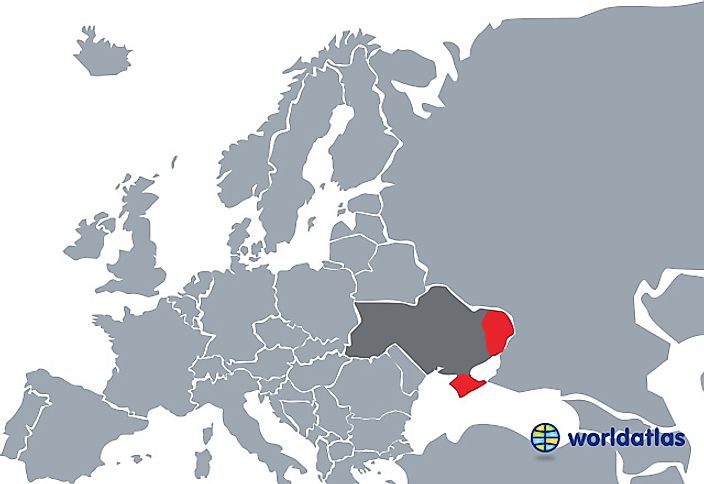
Former Ukrainian President Viktor Yanukovich’s 2013 refusal to sign political association and free trade agreements with the European Union sparked a revolution that has led to a the piecemeal disintegration of the Ukraine. Pro-European protesters seized the capitol, peacefully at first, but this devolved into bloody conflict in Kiev, which spread to Ukraine’s southern and eastern regions.
Yanukovich was impeached and fled the country. Crimea in the south revolted with the support of, and subsequent annexation by, Russia. Rebellion broke out in Donetsk and Luhansk, two self-declared republics in the east. The two aspiring states joined in confederation in May of 2014, declaring themselves as Novorossiya, or ‘New Russia’. This amounts to a civil war within Ukraine, and fighting between Ukrainian and rebel forces continues for control over the territory of New Russia and its surrounding territories.
West Papua
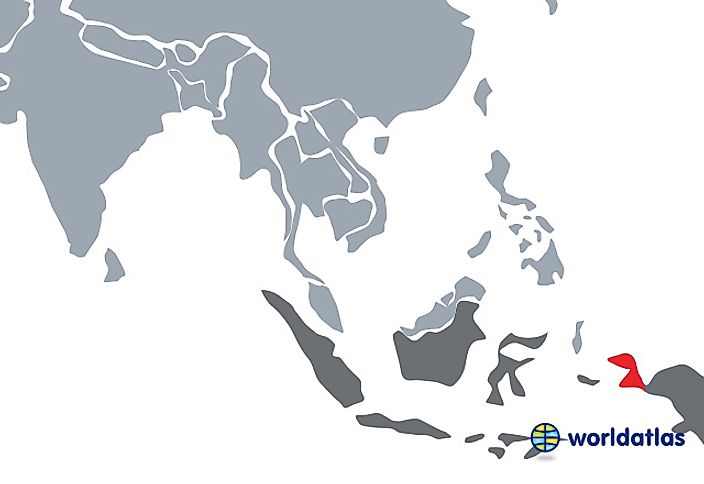
The western half of the island of New Guinea was ruled by the Dutch from the 1600s through the 1960s. In 1969 administrative authority was transferred to the United Nations, then to Indonesia, who together oversaw a plebiscite on independence for West Papua. In 1969, Indonesia appointed a council of approximately 1,000 elders to vote on behalf of the 800,000 West Papuan residents on the question of independence and, under reported threats of physical violence, the council voted in favor of union with Indonesia. The UN recognized the vote, despite much international opposition, and West Papua was integrated into the Indonesian federal system. Since then, a low grade guerrilla insurgency has been waged against the Indonesian government and military.
In 1998, after the fall of Indonesian dictator Suharto, Archbishop Desmond Tutu joined international law makers in calling for the U.N. to revisit the sham West Papuan plebiscite of 1969. Thus far the U.N. has refused.
West Papua has gained formal recognition from fellow Melanesian-majority state Tuvalu. In 2014 disparate rebel groups in West Papua formally united to form the United Liberation Front of West Papua, and the first “Free West Papua” campaign office opened in Australia. West Papua’s application for membership in the Melanesian Spearhead Group will be taken up at the leadership meeting in the Solomon Islands in July 2015.
Somaliland
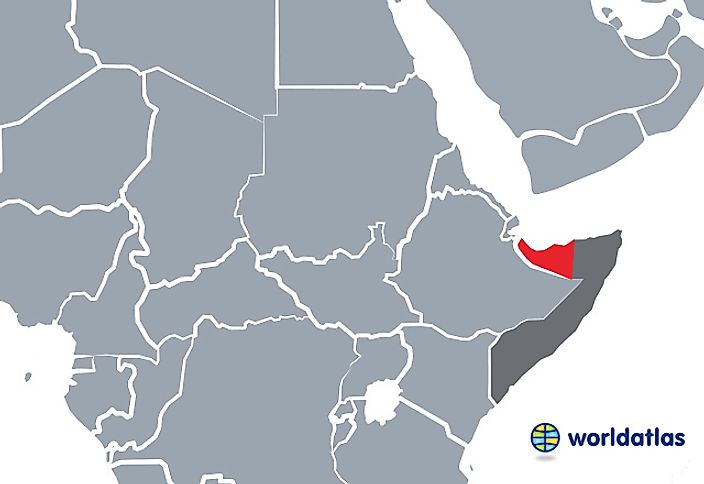
Judging by appearances, Somaliland looks much more like a functioning state than its parent nation of Somalia. Somaliland issues its own money and passports, has its own banking system, international airport, military, and government. Notwithstanding intermittent reports of violent suppression of protests by police, Somaliland has even had six democratic elections, including the 2010 Presidental election, the first relatively peaceful democratic transition of power in the Horn of Africa’s recent history. It has not experienced a terror attack since 2008, and has largely recovered from the Somali Civil War, which left the region’s capital, Hargeisa, bombed to ruins.
However, this de facto State is not recognized as such by any foreign governing body (outside of the City Council of Sheffield, U.K.). The major argument against recognizing Somaliland for many in the international community has been that recognition of an independent Somaliland would further devastate Somalia’s efforts at organizing a functioning state. This argument has persisted for more than two decades, with Somaliland progressing while Somalia continues to teeter on the brink of anarchy. It is likely a matter of time before the issue becomes moot.











